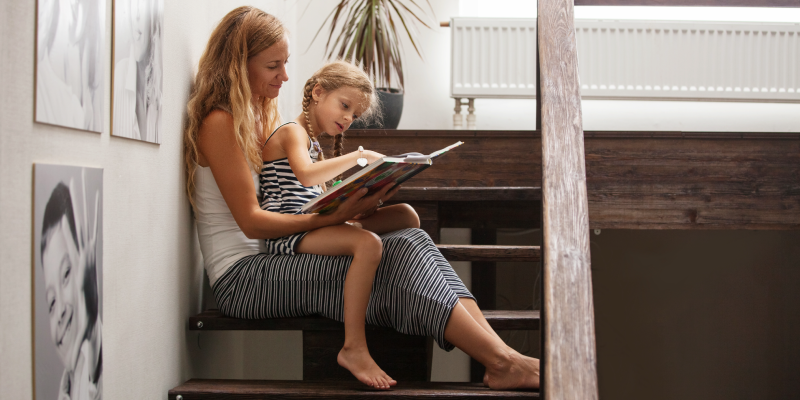
How to Teach Your Kids About Natural Disasters
The warmer temperatures bring out natural disasters and within the last year news of these catastrophic events dominated headlines. The California wildfires, tropical storms in Florida and destructive tornadoes ravaging the midwest have all done their part to raise awareness and scare children senseless. Although you can try to avoid having them hear about it through the news, it’s bound to pop up and rather than let them worry, you can address it head on. Here’s a starting point for how to teach your kids about natural disasters.
Educate your kids about the facts
An understandable assumption for kids is that tornadoes and hurricanes cause a lot of damage and hurt, maybe even kill, people. What might be helpful for your children, though, is what often happens and how natural disasters are caused. Start with the ones most likely to occur in your area. The Federal Emergency Management Agency (FEMA) offers a kid-friendly site loaded with information on natural disasters and how they’re caused. Another good book that can be helpful is I’ll Know What to Do: A Kid’s Guide to Natural Disasters. Reading to your kids is important anyway and this will help prepare them that much more.
Validate their fears and offer comfort
It’s normal for kids to feel nervous about these types of events. Tell them that. Rather than dismiss it as something that won’t happen or they have no reason to be fearful, assure them that it’s not common and it’s okay to be scared about it. Be honest about the situation and reassure your children that you’ll have a plan to get through it if something scary does happen.
Create a family disaster plan together
Talk with your kids about why preparation is so necessary when it comes to natural disasters. Make sure they know which disasters you’re at risk for, how to prepare for each one and what to do if one occurs. Then discuss an evacuation plan, one for getting out of the home and a shelter-in-place plan. Choose a room with the fewest windows and designate that as your “safe” room. You’ll also want to keep a list of emergency services numbers and the cell, school and work numbers for everyone in the household.
Prepare a disaster kit with emergency supplies
Get your kids involved in creating the disaster kit. It will help them feel like you’re really prepared and that he’s doing something to help protect everyone. Your kit should contain the following emergency supplies: nonperishable foods, water, a battery-powered radio, flashlights, extra batteries, manual can opener, cash, personal identification copies, matches, cell phone and charger and an extra set of keys. If you’ve got extra little ones, consider adding diapers and formula to the kit as well. Experts recommend adding your children’s favorite snacks and familiar toys to the kit as a way to keep things as “normal” as possible during an emergency.
Practice with disaster drills at home
If your children are in school, then they are probably already familiar with fire drills. Duplicate that experience at home and practice doing disaster drills. First you’ll need to show them what to do. Things to include are: how to teach others of an impending danger, how to escape from the home, where to meet as a family, where to go inside the home, how to contact emergency services and what to do when the disaster is over. Practicing these regularly will hopefully get your kids “used” to it and will better prepare them for a true emergency.
Calming fears surrounding natural disasters can be as easy as education and preparation. Taking steps to prepare them for natural disasters now can help reduce their anxiety if and when severe weather might occur.
Join the other 100,000+ new parents who love Bitsy Boxes.

